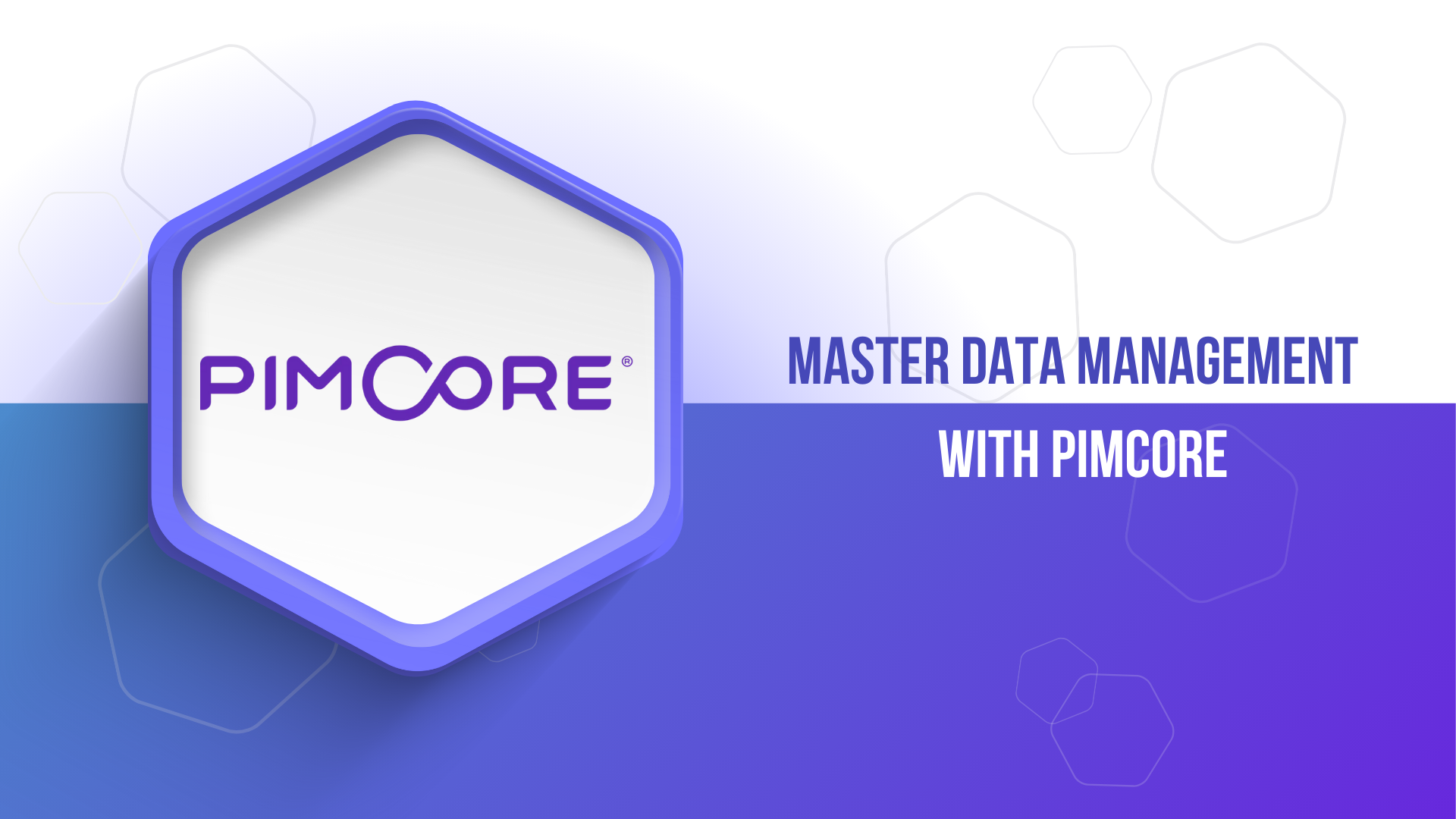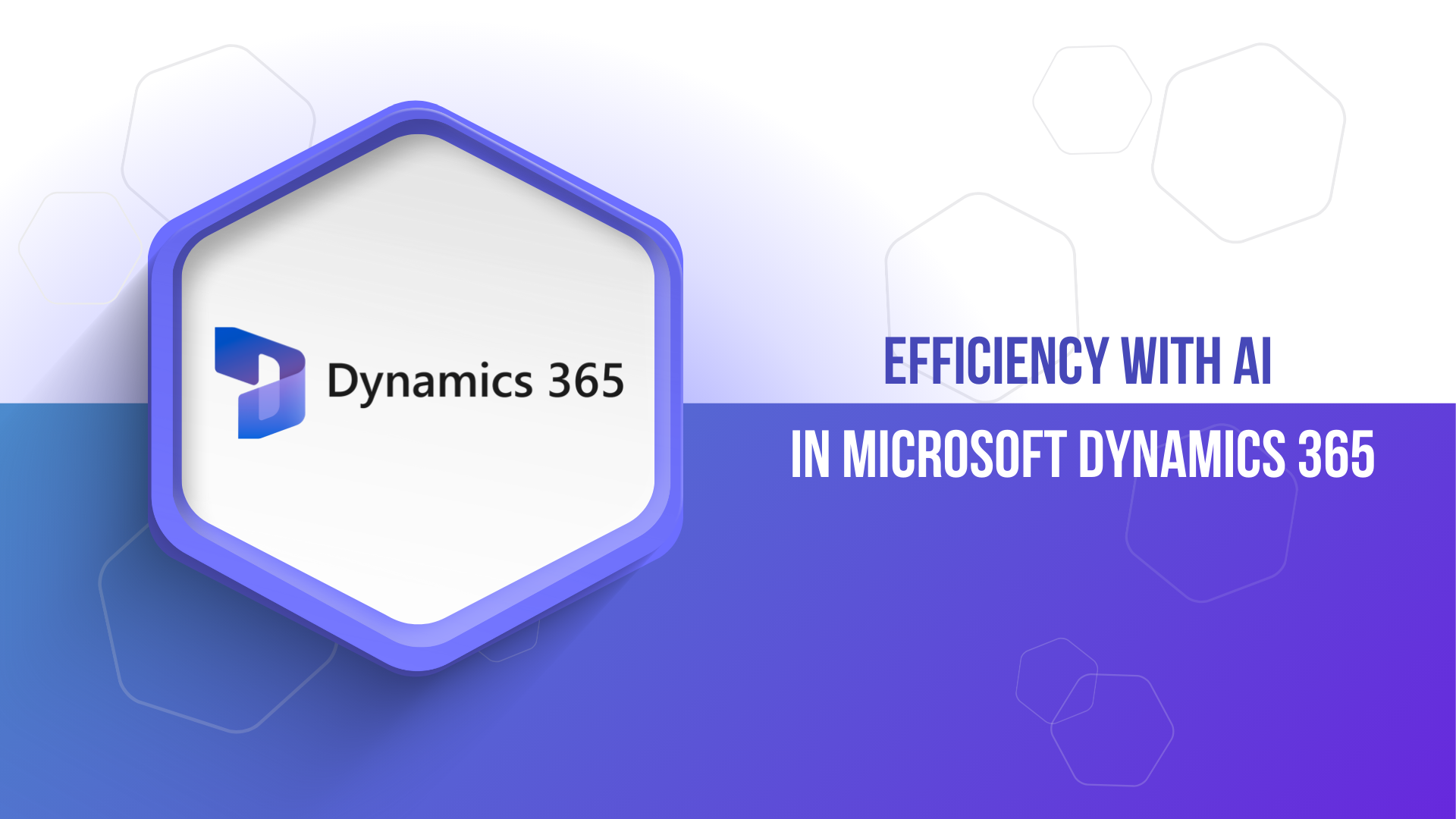Important things to know before upgrading to Pimcore 10
What risks are worth thinking about before upgrading to version 10?

What risks should I consider before upgrading to version 10?
If you are currently using Pimcore version 5 or 6 (or event older), it is important to consider upgrading to the latest version, Pimcore X. The developers of Pimcore have stopped maintaining and providing security updates for versions 5 and 6, which means that these versions may contain vulnerabilities that are not being addressed. This puts your system at risk of security breaches and data losses.
One of the main arguments for upgrading to Pimcore X is that outdated software can be a security risk. If your system uses old libraries and extensions, it may be vulnerable to attacks. Additionally, if you are using an older release of Pimcore, it is possible that it is running on a version of PHP that is no longer supported with security updates. By upgrading to the latest version of Pimcore, you can ensure that your system is using current libraries and extensions, and is running on a supported version of PHP. This will help to protect your system from security vulnerabilities and data losses.
Another reason to consider upgrading to Pimcore X is that by holding off on upgrading, you are increasing your technical debt. Technical debt is the accumulated cost of using outdated or poorly designed software, which can lead to decreased performance and increased risk of errors. If you continue to use an older version of Pimcore, you may find that you need to spend more time and money fixing problems and updating the system than if you had taken the time to upgrade to the latest version. Additionally, programmers may be more likely to apply to organizations that are using up-to-date and challenging technology, rather than legacy code. By upgrading to Pimcore X, you can reduce your technical debt and attract skilled programmers to your team.
Finally, if you decide to stay with an older version of Pimcore, you will be limiting your access to new features and developments from the Pimcore team. By sticking with an older version, you may be unable to take advantage of new functionality or extensions that are released by Pimcore. This can limit the flexibility and power of your system, even though you originally chose Pimcore for its versatility. By upgrading to Pimcore X, you can ensure that you have access to the latest features and developments from Pimcore and can continue to use a flexible and powerful solution.
Upgrading to Pimcore X may involve some challenges, but by preparing for and managing these challenges in advance, you can avoid potential risks and reduce costs in the long run. If you are currently using Pimcore version 5 or 6 (or even older ), it is worth considering upgrading to Pimcore X to ensure the security and performance of your system and take advantage of new features and developments.
How does the process of migration work?
The migration process is the process of moving data, systems or applications from one platform or environment to another. In the case of a software upgrade, the migration process involves transferring data and systems from the current version of the software to a newer version. The process may involve several steps, depending on the upgrade option you choose and the complexity of your system. One of the first steps is to define the scope of work related to the migration of Pimcore modules, as well as integration and configuration with all content to the new environment. This is the scope of a project with a programming and administration profile, which is a challenge in itself for large systems.The specifics of the process will depend on the upgrade option you choose (the three available options are described further on). However, generally speaking, the basic steps include:
-
Downtime, which involves shutting down the production server to prevent any data loss from new user activity.
-
Coordinating the upgrade with infrastructure administrators, such as switching PHP versions, monitoring server resources, and creating a database backup.
-
Creating backups of data and files (called assets).
-
Optionally: setting up a parallel infrastructure with different software versions, such as different versions of PHP and Elasticsearch, which allows you to revert to the previous version if the upgrade fails.
-
Verifying the process, testing, and applying patches.
-
In the event of a failure: restoring the old version from the database backup.
3 different methods for upgrading
There are three different ways to upgrade to Pimcore X. Each option has its advantages and disadvantages, which are described below:
Updating the local database and importing to the production instance
This means that the update process takes place in a separate environment and is then uploaded to the production server. This option provides a higher level of update security as the risk of database corruption is reduced as the process can be repeated. However, this option also results in longer application downtime as the production environment must be shut down during the upgrade work. Also, if there are differences between the production environment and the on-premises environment, the tests may not be as reliable. This option requires minimal admin involvement.
Exporting data from the older version to the new one
In this scenario, the update is done by transferring data from one system to another using files. This allows the application to be updated directly from the current version to the latest version (e.g. from version 5 to 10) rather than incrementally. This option is suitable for small and simple projects, but may not be practical for larger projects because exporting and importing data can be too time consuming.
Updating on the production server
Upgrading on the production server refers to the process of upgrading the server where your platform is hosted. This is similar to working on a "live" system. One advantage of this method is an in-place update, which allows you to directly update existing code and data structure. This means you don't need to set up additional infrastructure for updates, which can help reduce costs. However, this method carries the risk of data integrity issues and longer downtime is to be expected as the application will have to be shut down and users will not be able to access it. To minimize this risk, it is important to back up and test thoroughly and carefully, preferably in a staging environment that closely simulates a production environment. This option requires close cooperation with administrators.
Contact us for more information about our products or services. You can reach us through the contact form on our website pimcore, by email or by phone. We are happy to answer any questions and clarify any doubts you may have. We look forward to hearing from you.





